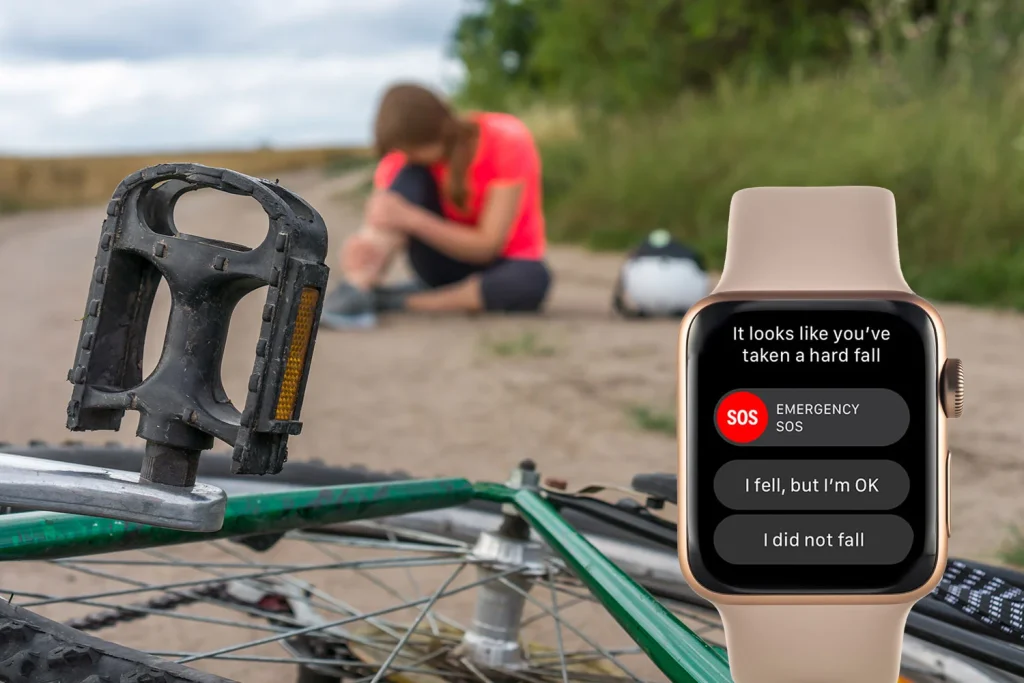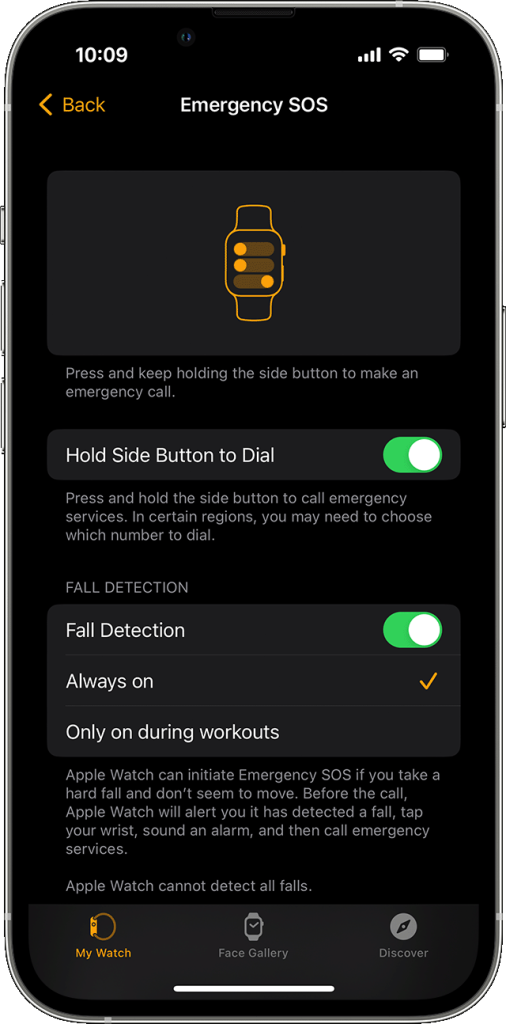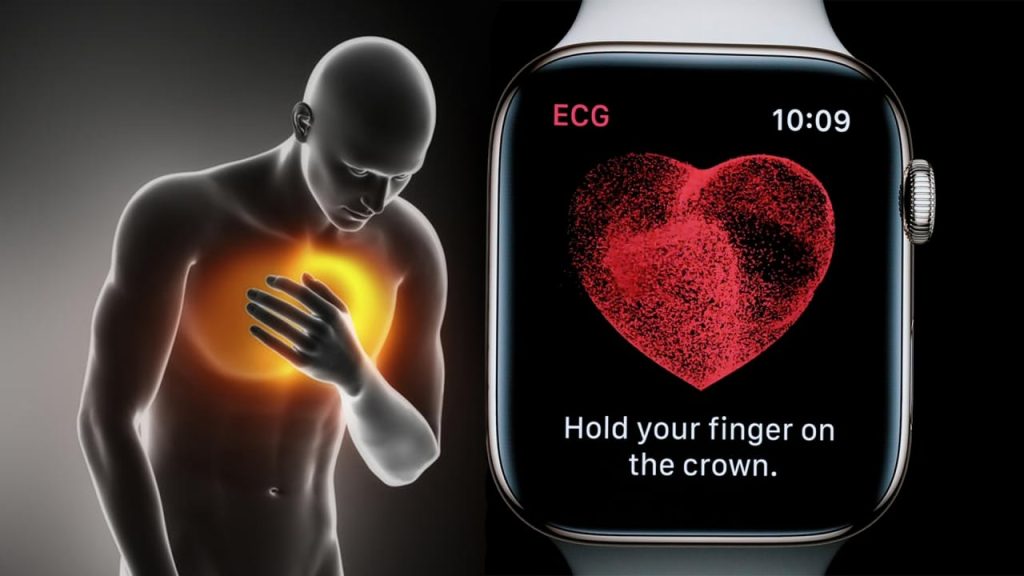The Apple Watch is an innovative assistive technology that offers fall detection, emergency SOS, and heart rate monitoring. These features provide safety, health monitoring, and peace of mind for individuals with disabilities or health conditions. It enhances independence and supports users in managing health emergencies, making it an essential tool for safety and well-being.

My dad lives in Korea while I’m here in the U.S. Ever since he experienced a brain hemorrhage, I’ve been constantly worried about the possibility of him falling when no one is around to help. This is my greatest fear. After conducting research and exploring potential solutions, a smartwatch could be invaluable for our situation. While it may not address all my concerns, it offers a range of useful features that could help alleviate my worries.
Today, I want to discuss the Apple Watch. It is not just a fitness tracker; it also acts as assistive technology that enhances safety and independence for people with disabilities and older adults. The Apple Watch offers important features such as fall detection, heart rate monitoring, and emergency SOS, which provide critical support for those who are at risk of falls or heart-related issues. In this post, I will explore the Apple Watch through various disability models to assess its impact on accessibility and independent living.
Features
Fall Detection
The Fall Detection feature can detect when the wearer has fallen and automatically alert emergency services if the wearer is unresponsive. This feature particularly benefits older adults and people with mobility impairments who may be at risk of falling alone.

Emergency SOS
The Emergency SOS feature allows the wearer to call for help in an emergency quickly. This feature is particularly beneficial for individuals with chronic illnesses, mobility impairments, or those who experience sudden medical emergencies.
Heart Rate Monitoring
The Heart Rate Monitoring feature continuously tracks the user’s heart rate and sends alerts if it detects irregularities such as atrial fibrillation. This is crucial for individuals with cardiovascular conditions or those recovering from medical events like a stroke or brain hemorrhage.

Models of Disability
Medical Model
The Medical Model views disability as a problem caused by disorders, diseases, and trauma that affect the individual; it is abnormal and needs to be ‘fixed.’ From the medical model perspective, the Apple Watch can be seen as a tool to “fix” or mitigate the problems caused by health conditions. The fall detection and heart rate monitoring features can help detect and respond to medical emergencies, effectively addressing the individual’s health issues.
Social Model
The Social Model sees that society creates disabling conditions and that “disability” is an avoidable condition caused by poor design. The Apple Watch aligns with the social model because it helps to reduce social barriers and increase independence for people with health conditions or disabilities. By providing features like fall detection and emergency SOS, the Apple Watch enables wearers to feel more secure and connected, promoting greater participation in social activities.
Functional Solution Model
The Functional Solution Model identifies impairments or limitations as they affect our ability to complete tasks and then aims to eliminate them through advancements in technology. The Apple Watch fits the functional solution model because it meets people where they are and is focused on solutions. The watch’s features provide practical solutions for individuals with specific needs, helping them to maintain their independence and quality of life.
Conclusion
The Apple Watch stands as a strong example of how assistive technology can blend seamlessly into mainstream consumer devices. By examining its features through the various disability models, we see the significant functional, medical, and social benefits it provides. While it’s not a perfect solution to all challenges, it marks an important shift toward more inclusive technology that supports users in their daily lives without defining them solely by their disabilities.
For my father, who has experienced a brain hemorrhage, the Apple Watch serves as an invaluable safety tool—offering both independence and peace of mind. With continued innovation, integrating affordability and cross-platform compatibility could make such life-saving technologies even more accessible to a broader audience, ultimately helping more people like my father lead safer, more confident lives.